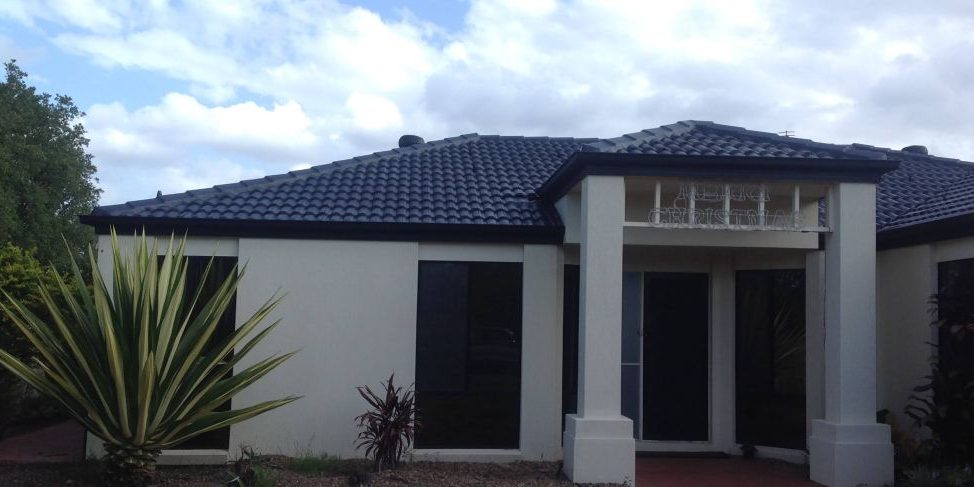
If you are like many homeowners, you may be considering a complete roof replacement. Your old roof is starting to show its age and possibly the time has come to replace it. While this is definitely a good idea, you should realize that there are many factors to consider before you decide on this drastic measure. Many people think they know what they need to do in order to bring their roof back to life, only to find that it is worse off than it was before they started. Before you make a decision as to whether or not you should undertake a full roof replacement, you should be educated on the process and materials involved.
The process of roof restoration is much different than roof repair. Although some people believe that you can simply purchase an all purpose repair kit and replace a shingle, you probably will not have success. Roofs usually require a combination of different materials, such as wood, asphalt, and metal. You will also need to have access to tools such as hammers, pressure washers, grinders, and tarps. Not only will you need these tools, but you will likely need an extra truck just to haul all of the debris away in the event that your roof needs some help.
The most common type of roof restoration is a tile roof. You might wonder why a tile roof may not be a good option, but these roofs provide many benefits that a traditional roof does not. For example, they are very easy to maintain and will last for years to come. A tile roof is also very energy efficient, even when you factor in the fact that the heavier the tiles, the more effort it requires to move them. Finally, a tile roof can often look exactly like a traditional roof.
Another type of roof restoration is a modified bitumen roof restoration system. In this case, the roofing is applied with a modified bitumen mixture. Basically, the roofing tar paper is peeled off of the modified bitumen mixture. Then, the tar is rolled and applied to the roof as shingles. These types of systems do not require the same amount of maintenance as other types of roofing systems, and they can last for decades. Also, because these systems use a thicker layer of tar paper, the roof will weigh less and provide more protection from the elements.
An third type of roof restoration process is called solvent cure drying. This method involves applying an elastomeric coating over the existing roofing, then heating it up so that the surface underneath becomes water resistant. Once the coating has dried, you simply apply another elastomeric coating over the top of it and allow it to dry. The entire procedure usually takes about two weeks to complete.
The final type of roof restoration is done using metal restoration salts. These salts penetrate the rusted areas of the metal roof, which causes a rusting cure that eats away at the rust (and eventually dissolves it). As this happens, you’ll end up with a completely restored metal roof that looks and functions like new. The downside to this process is that it can cause some discoloration or pitting of the metal roofing, and you may have to perform additional treatments to remedy these problems.
If you are looking for professional roof restoration Sunbury, get in touch with Ultra Finish Roofing for professional services..
